Art
Why AbEx Painter Philip Guston’s Return to Figuration Enraged the Art World
Bob Dylan went electric. Michael Jordan switched to baseball. Bill Murray got serious. And in 1967, after more than a decade at the forefront of
, the painter
returned to representational art.
There’s no simple reason why artists and entertainers decide to move off the beaten path, but in every one of the cases listed above, the sudden career shifts were attacked by critics and fans alike. As punishment for abandoning the forms that brought them acclaim (folk, basketball, comedy, Abstract Expressionism), they were accused of opportunism, narcissism, or plain stupidity.
All of these insults—and plenty of others—were lobbed at Guston in the aftermath of his 1970 exhibition at Marlborough Gallery in Manhattan. After three productive years working in Upstate New York, the artist, then in his late fifties, unveiled 33 new paintings, many of which featured cartoonish, cone-headed figures that looked suspiciously like Klansmen covered in blood. Others depicted sinisterly banal piles of boots, clocks, hands, and light bulbs, all sketched in the same chunky red and black lines.
It would be difficult to imagine anything further from the sort of work that American art critics were then championing—and which Guston himself had been producing for years. The paintings didn’t jive with Clement Greenberg’s still-influential definition of modernism, which pooh-poohed any form of representation violating the “purity” and “ineluctable flatness” of the picture plane. But nor were they ironic and artificial, like the
Leo Steinberg had praised in the Partisan Review. The New York art scene couldn’t decide exactly what was wrong with Guston’s recent work—only that it was a wretched failure.
In one of his earliest pieces as Time magazine’s art critic, Robert Hughessneered at the perceived anachronism of Guston’s Klansmen—figures, he suggested, that could provide no real insight into the present moment. And in a masterpiece of snark composed for the New York Times, Hilton Kramercalled Guston “a mandarin pretending to be a stumblebum,” the implication being that the artist was affecting a crude, “primitive” style simply because such a style had become trendy, thanks to painters such as
and
. Worst of all, Guston was “a colonizer rather than a pioneer”—an observation Kramer thought brilliant enough to make twice in his 1,000-word review.
In hindsight, Kramer’s remarks say relatively little about Guston and a lot about the New York critical establishment. Kramer and his peers were writing in an era when the logic of the stock market had begun to infect collectors and critics alike—an era when, as Hughes himself would later complain, novelty was the highest virtue and art that “looked ‘radical’ without being so” was praised to death. In such a climate, there could be no nastier insult than to accuse an artist of reaching the finish line second.
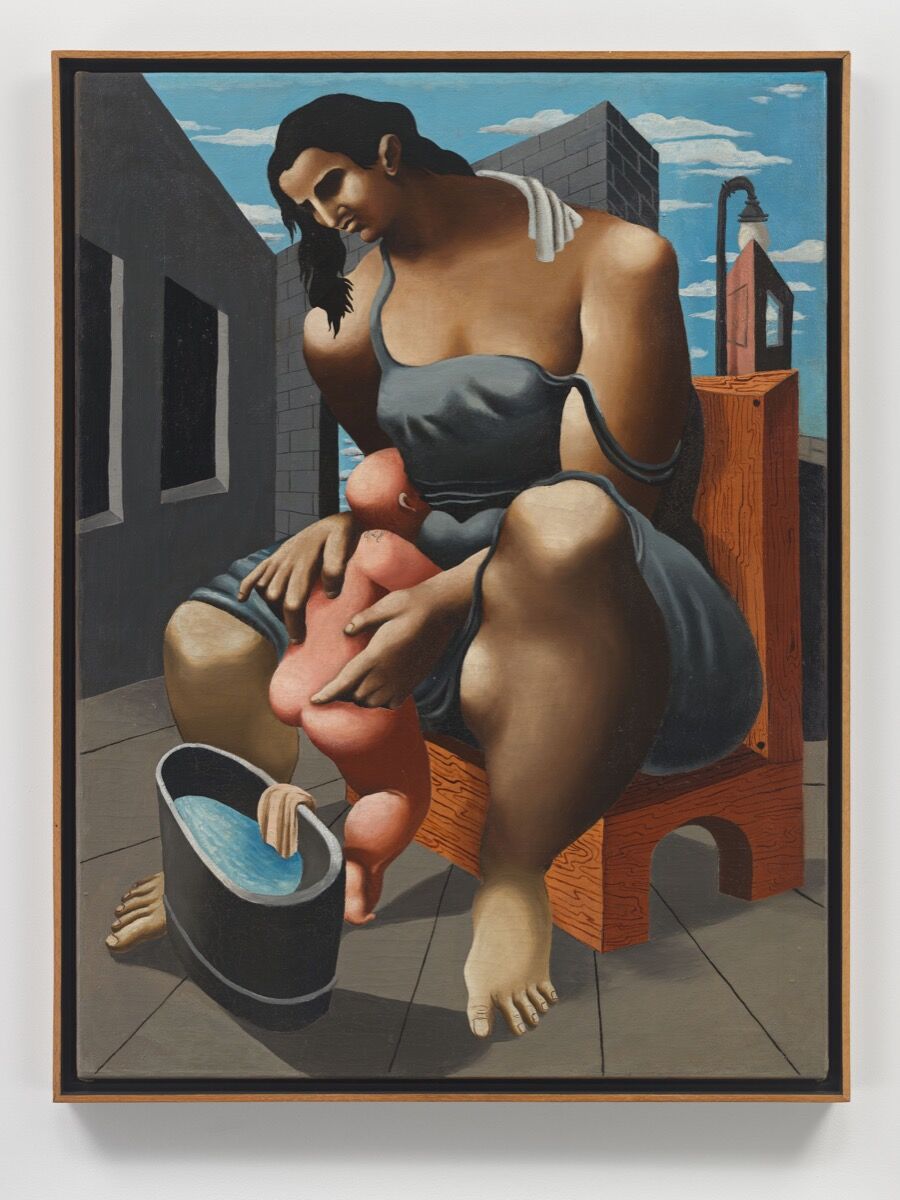
Philip Guston, Mother and Child , 1930. © The Estate of Philip Guston. Courtesy of the Estate and Hauser & Wirth.
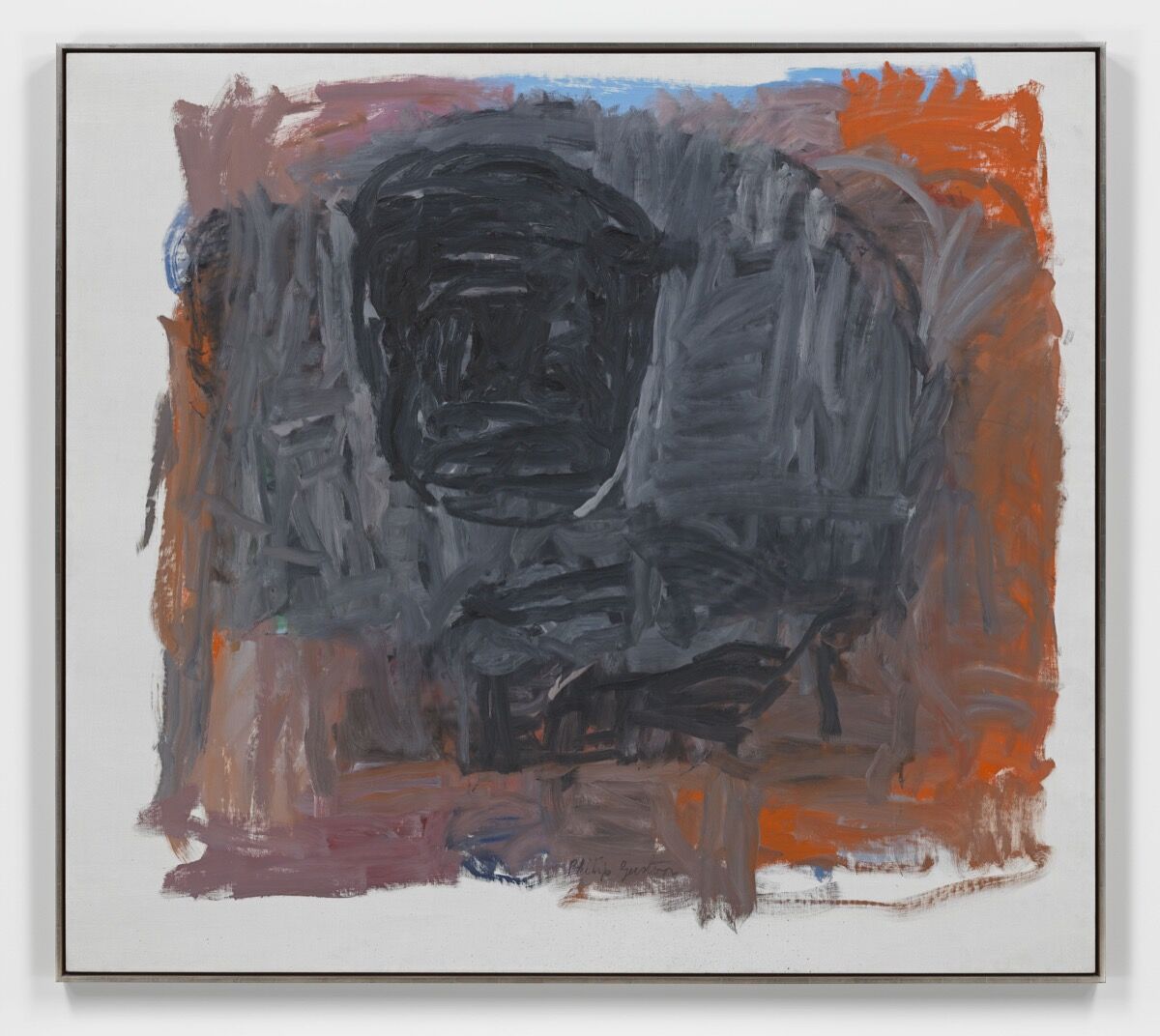
Philip Guston, Painter III , 1963. © The Estate of Philip Guston. Courtesy of the Estate and Hauser & Wirth.
Guston deserved better. He began his career as a politically minded muralist in the early 1930s. He became a prominent artist for President Franklin D. Roosevelt’s Works Progress Administration, painting ambitious, regional American scenes that oscillated between the personal and the propagandistic. After a decade of teaching in Iowa, Missouri, and New York, he began flirting with Abstract Expressionism, the movement made famous by his high school classmate
.
But Guston was no copycat. Though they share a handful of aesthetic principles, his paintings from the 1950s don’t look much like Pollock’s—or
’s, or
’s, for that matter. His mid-career masterpiece, Zone (1953–54), for instance, is calmer and less ostentatious than almost any of Pollock’s mature works, a low hum beside his former classmate’s loud splatters. It’s telling that Guston, when asked how he’d categorize his art, preferred the
to Abstract Expressionism: The latter is an “ism” with strict, changeless rules; the former a loose, open-ended term for a group of artists who happened to be in the same place at the same time.
The irony of Abstract Expressionism, as Tom Wolfe pointed out in his controversial 1975 polemic The Painted Word, is that what began as a revolt against the dogma of “academic art” eventually hardened into an equally severe dogma. A painter as restlessly curious as Guston could never be totally comfortable with such a movement. By the late ’60s, he’d returned to representational painting, which he would continue to experiment with for the rest of his career. The Klansmen who appeared throughout his Marlborough exhibition evoked the brutishness and not-so-latent racism of the Nixon era, packing a political punch that no AbEx canvas could match.
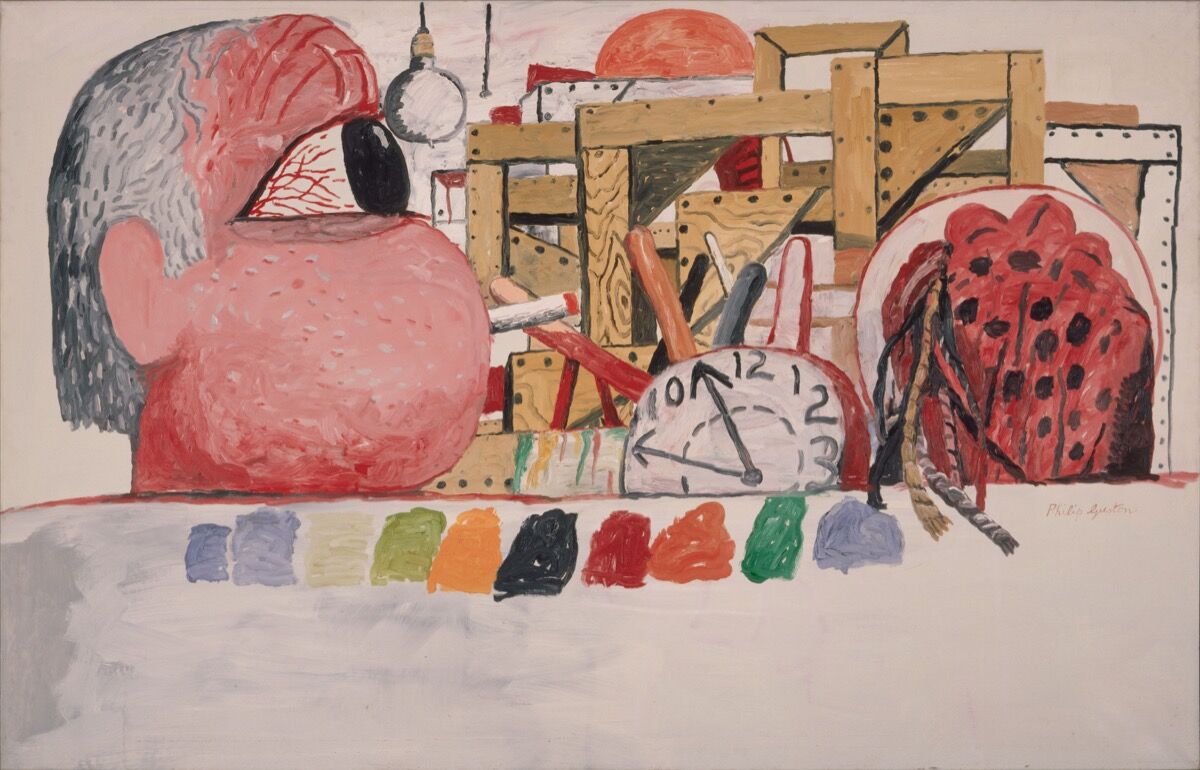
Philip Guston, Studio Landscape, 1975. © The Estate of Philip Guston. Courtesy of the Estate and Hauser & Wirth.
They also alluded to an exceptionally painful side of Guston’s past. His parents, both Jewish, had fled from Odessa to the United States, and he grew up hearing about local crimes against Jews perpetrated by the Ku Klux Klan. It’s even been suggested that anti-Semitism contributed to his father’s suicide in 1923, when Guston was still a teenager. The 1970 exhibition, then, marked Guston’s attempt to grapple with issues—both personal and aesthetic—that he’d been pondering for a very long time. One can hardly imagine how it must have wounded him to be accused of a cheap grab at topicality.
In 1978, Roberta Smith—one of the few New York critics who saw the Marlborough show for what it was—wrote in Art in America: “Nothing is final with Guston. He isn’t after an exalted, ultimate statement in his art.” That’s both a thoughtful interpretation of his career and a shrewd explanation of why his post-AbEx work was regarded as an act of betrayal. Unlike Rothko or Pollock, Guston rarely seemed to be trying to foster a sense of transcendence with his work; his representational paintings, like his earlier abstractions, instead had what Smith called “a solid, earthy grandeur.” Finding the best style through which to express this grandeur required a constant process of backtracking and reinventing, one that proved to be as crucial to his development as it was frustrating for his critics.
Guston continued to paint right up until his death in 1980. In the years following his Marlborough show, his reputation slowly climbed back toward where it had been in the ’50s; today, his work resides in the collections of the Museum of Modern Art, Tate Modern, and the Art Institute of Chicago, even though he’s still an order of magnitude below Pollock prestige-wise (among museumgoers, if not painters).
At least Guston had the satisfaction of living long enough to hear some of his meaner critics recant. Hughes, for one, would later call him “a figurative artist of extraordinary power.” He, like so many other notable art critics, had been stunningly wrong about Guston’s swerve back to representation, but he had the good grace to admit it. The love of art (to amend another culturalmilestone from 1970) means often having to say you’re sorry.
Jackson Arn


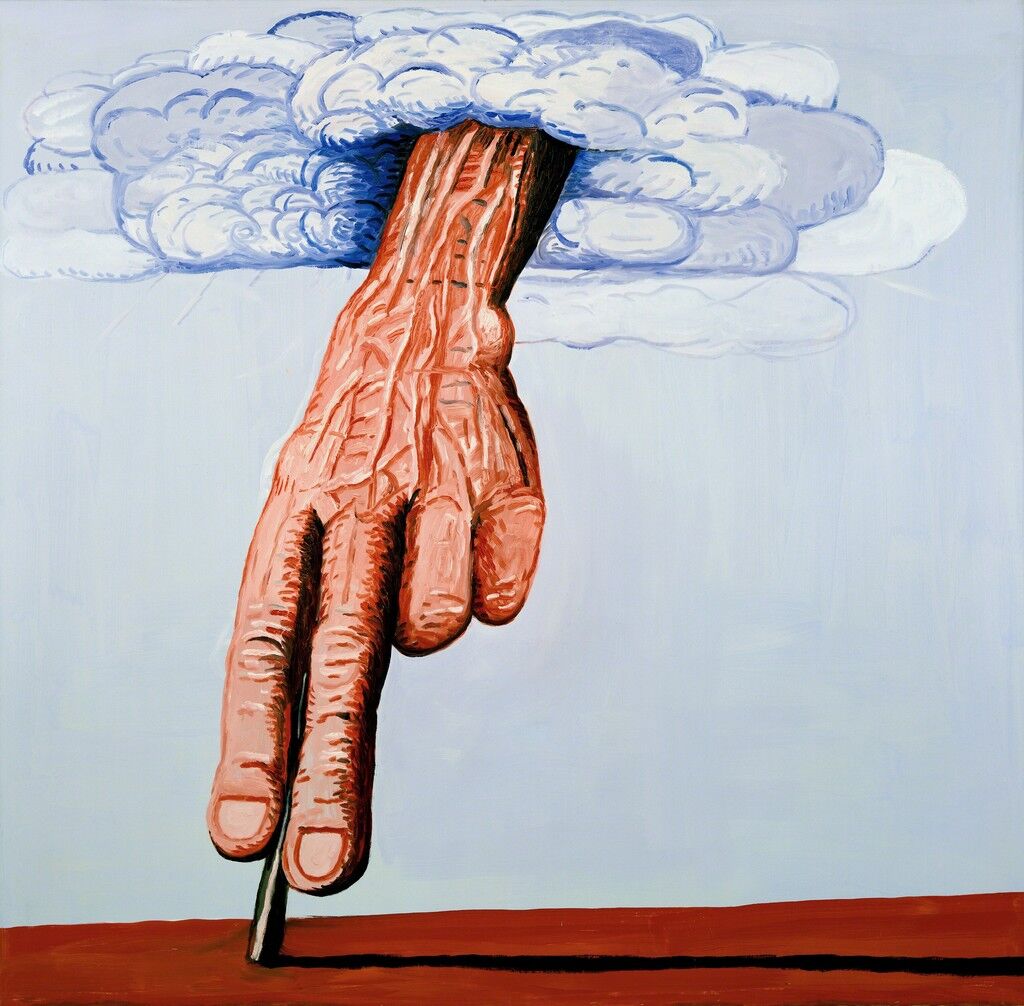
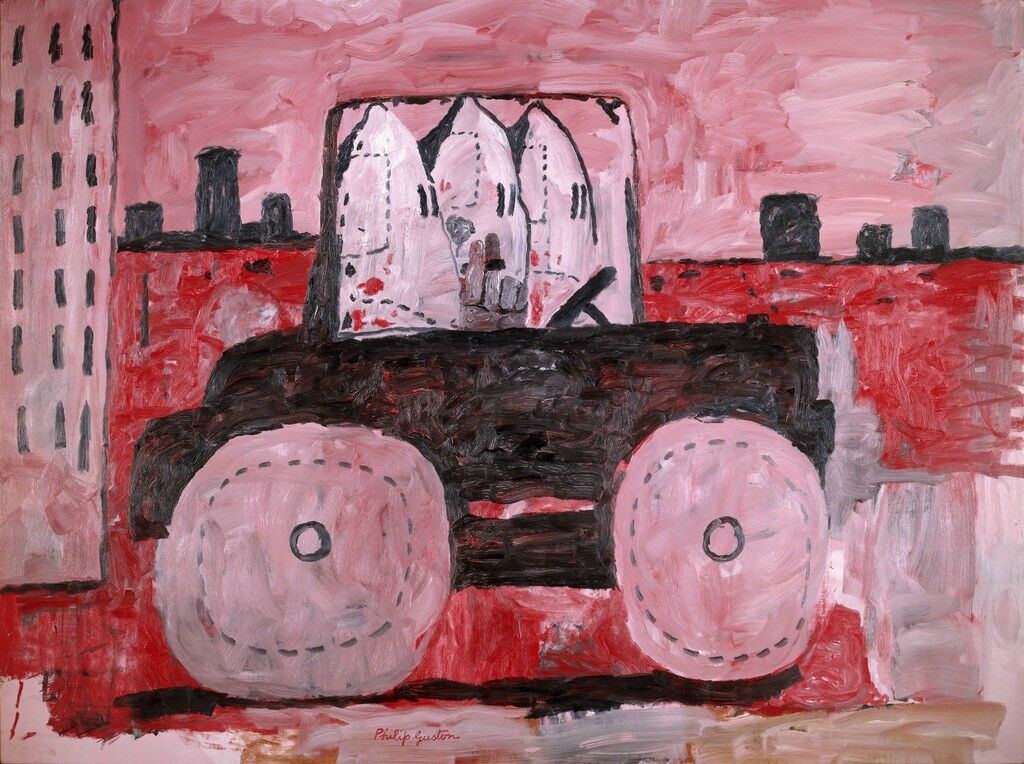
No comments:
Post a Comment